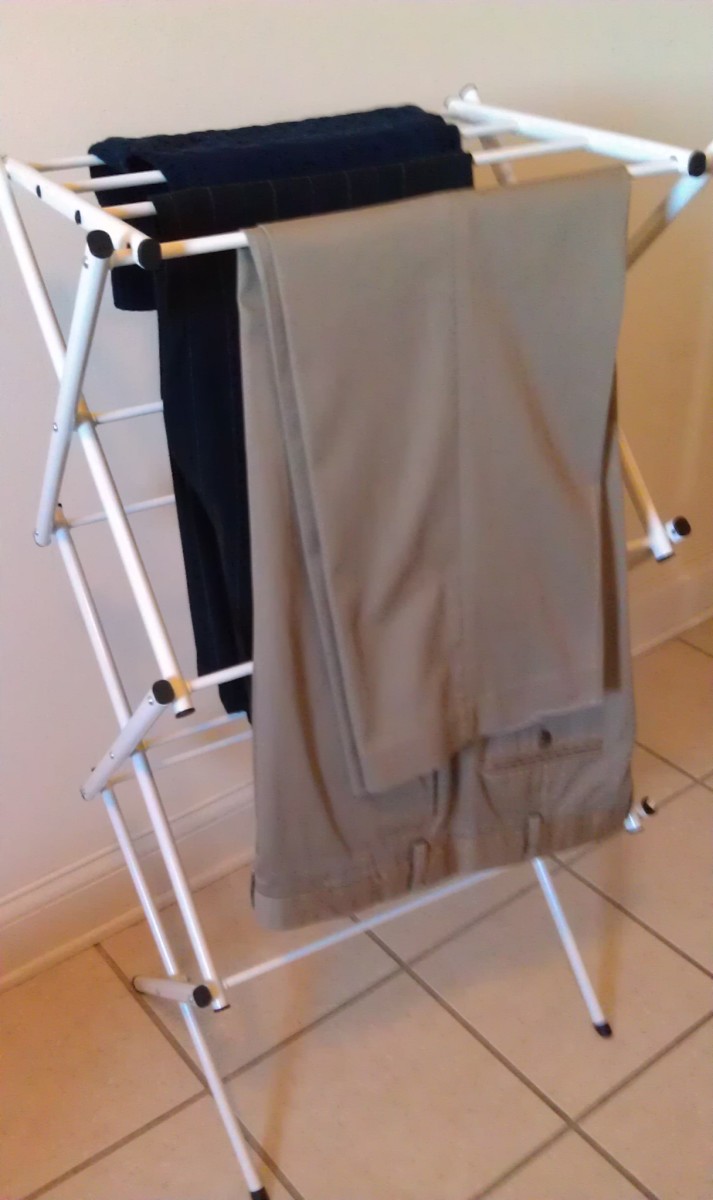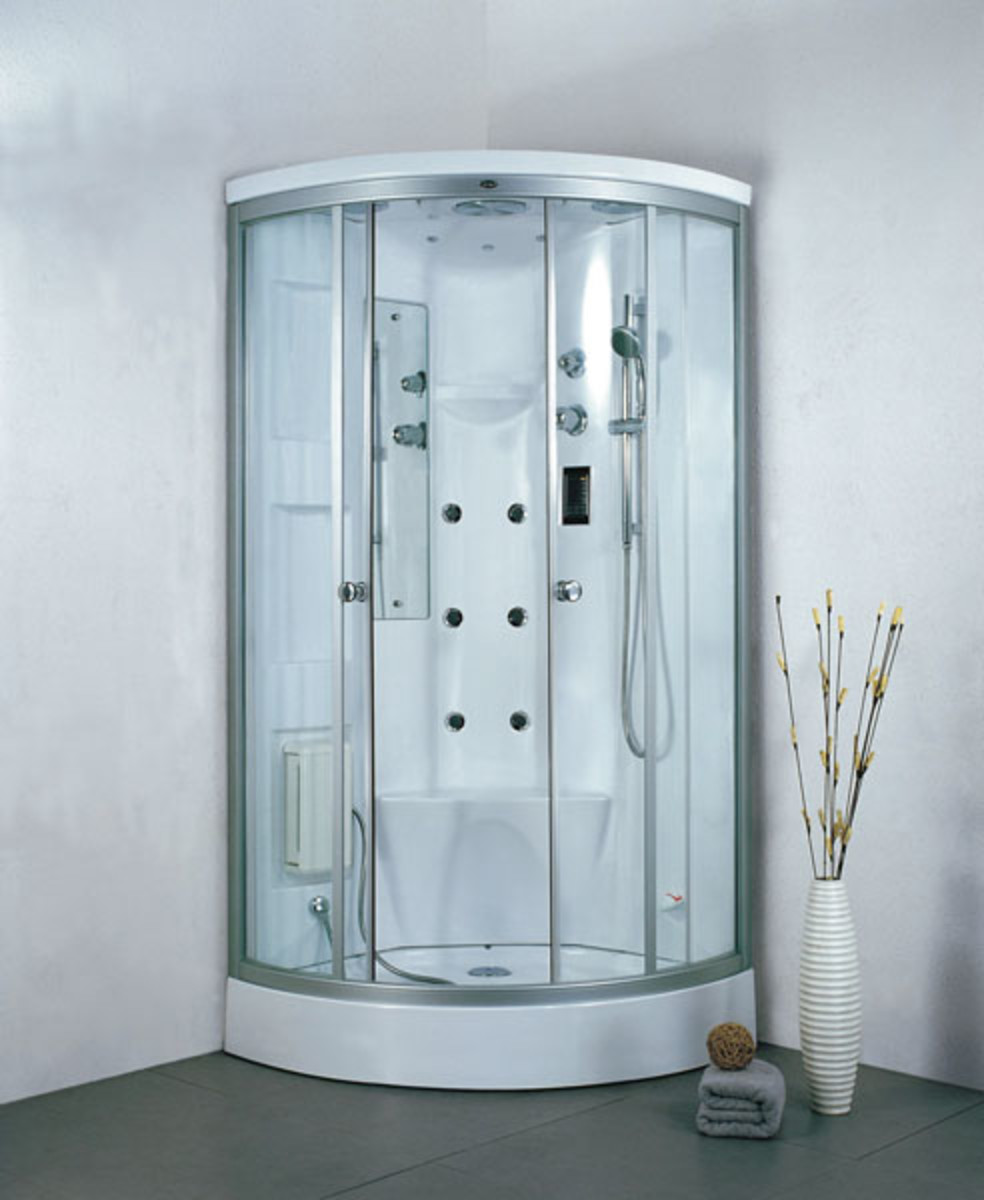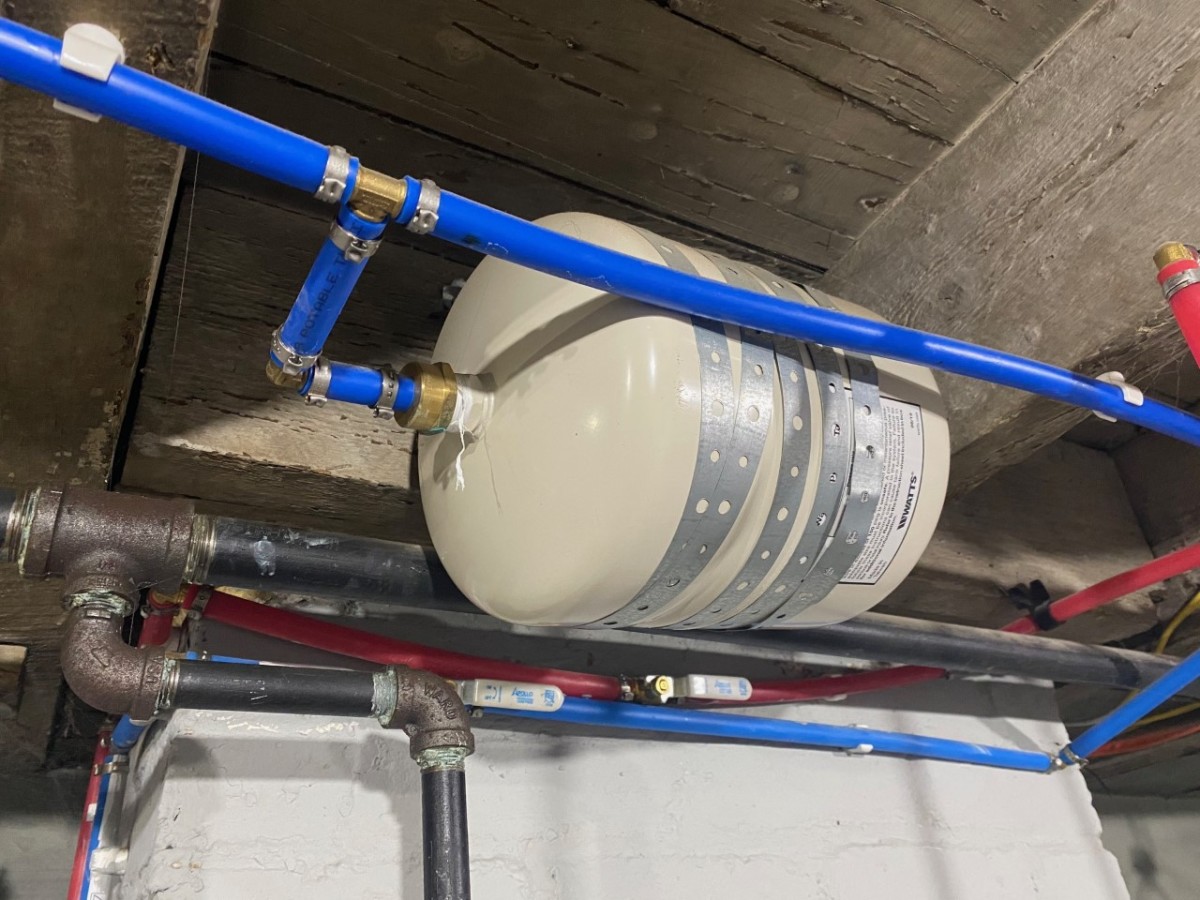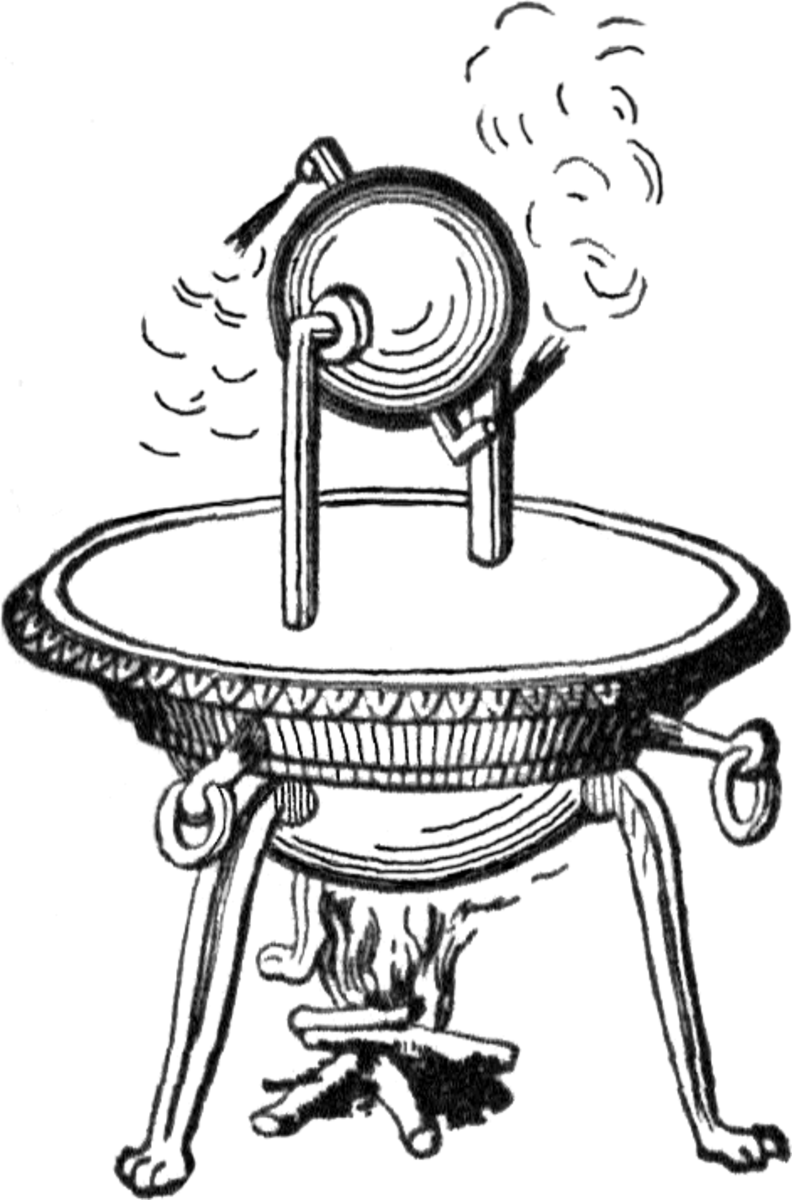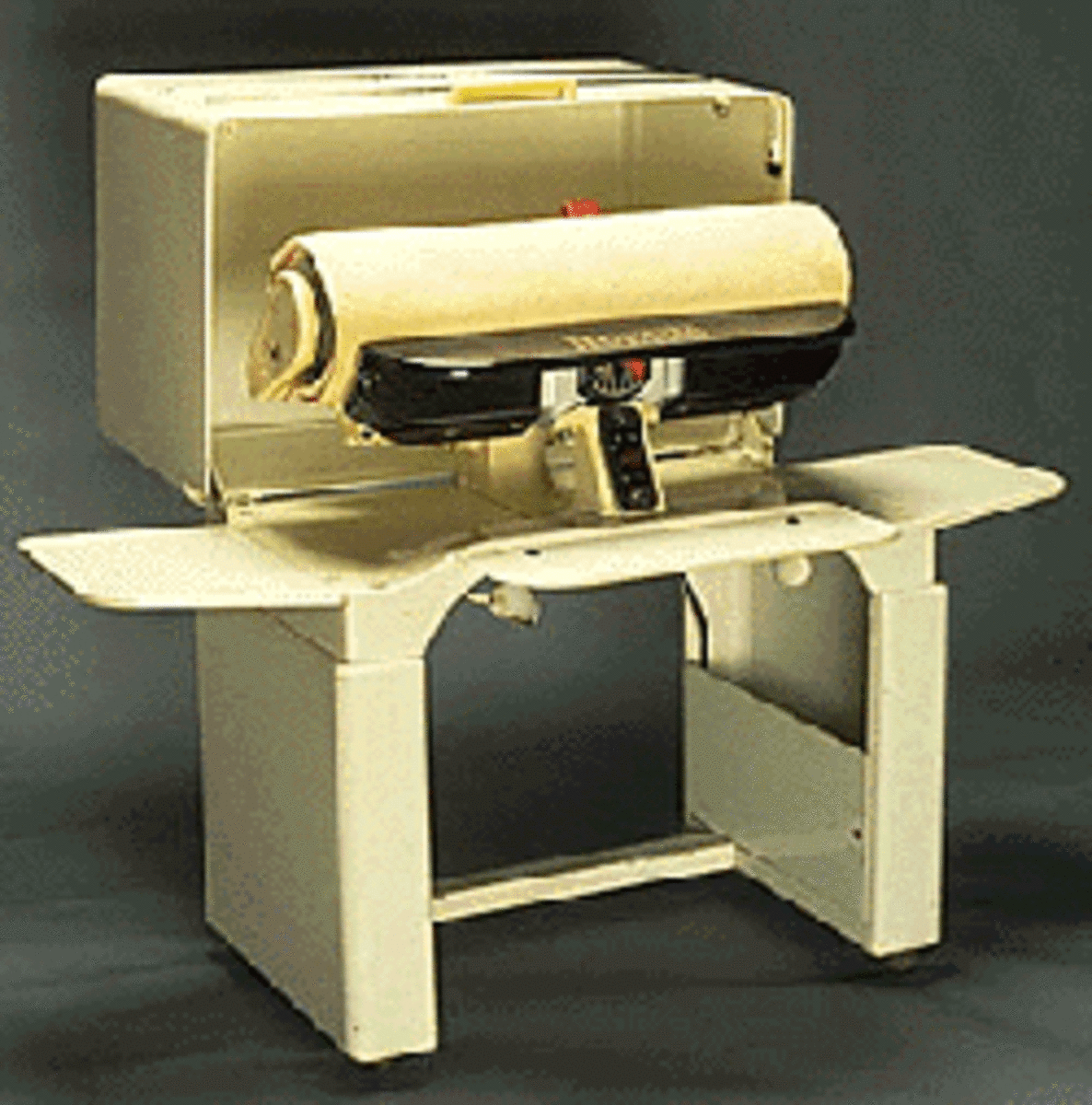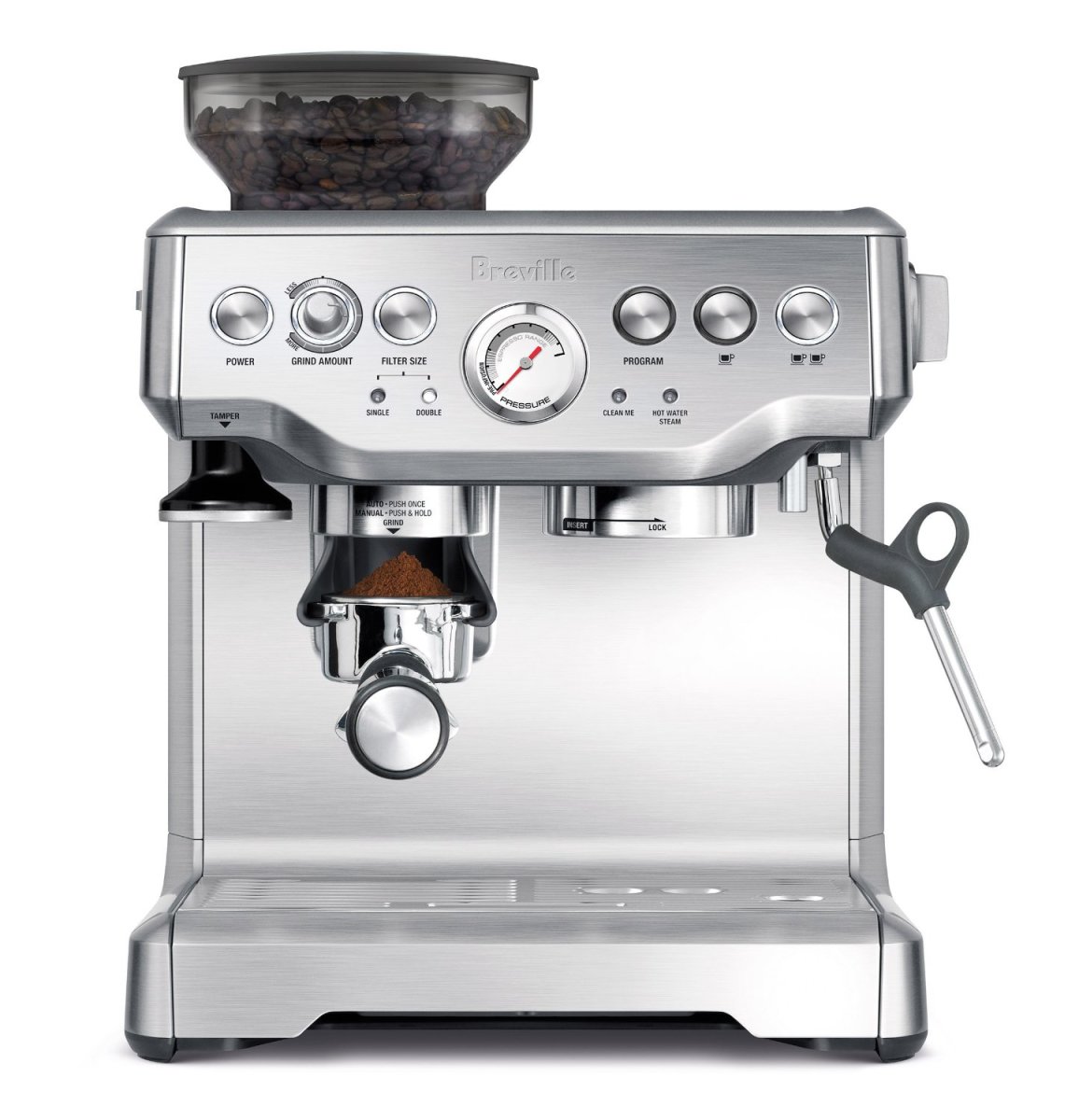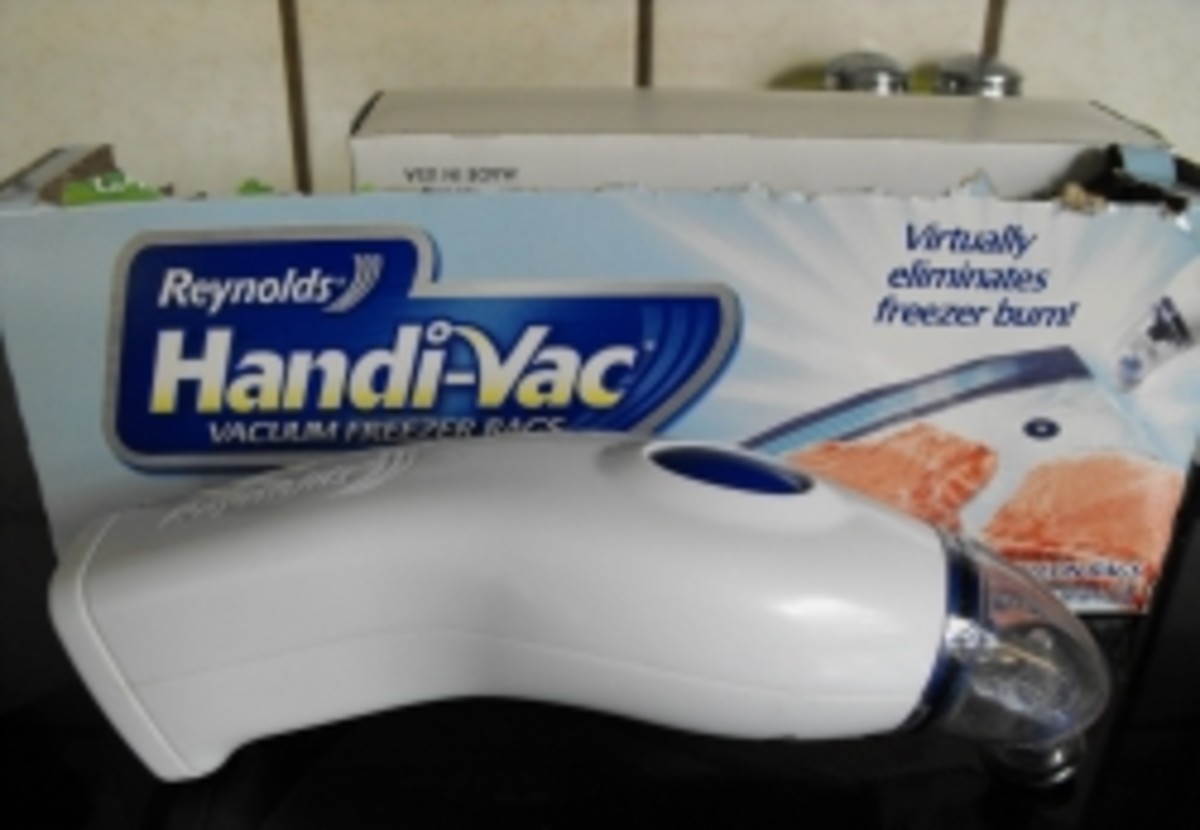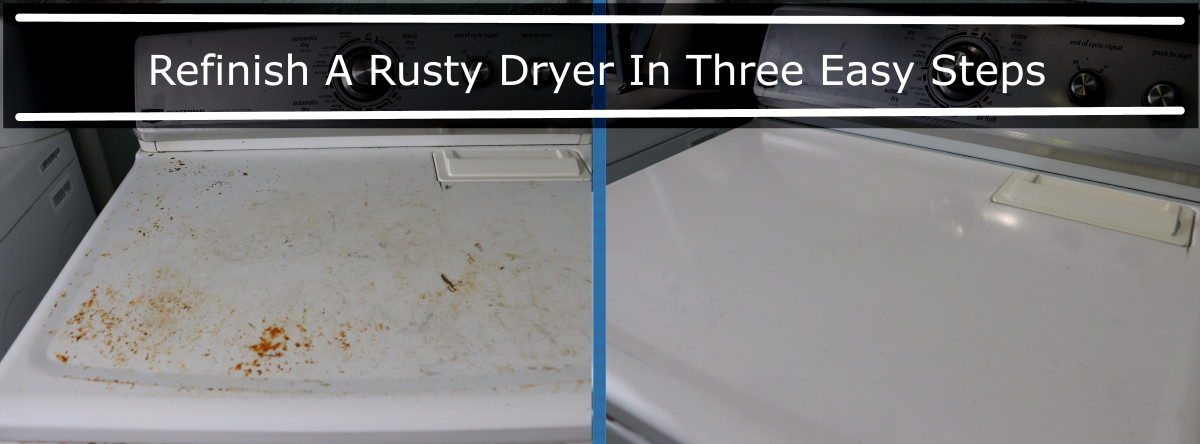Steam Generator Irons - What Are They And Why Would You Want One?
Tefal Pro Express
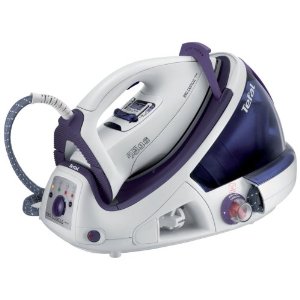
What Is A Steam Generator Iron?
Although steam generator irons look - at first glance at least - very similar to standard steam irons, they have a different construction and a number of advantages over the more traditional type of iron.
There is no water in the body of a steam generator iron. Instead the water is held in a large base unit which serves as both water reservoir and boiler. Steam is generated in the base unit and passes to the iron itself via a hollow connecting tube.
Steam generator irons produce considerably more steam than conventional steam irons - and the steam is at a high pressure. This means that the steam is able to penetrate deep into the fabric of the garment being ironed.
The finished results are better and - more importantly for most people - it is much faster to iron with a steam generator iron. Results will vary from person to person according to how much ironing you do and what types of materials you are ironing, but most users report a time saving in the order of 50%.
Steam irons do tend to cost a bit more than normal irons. However, even if you only value your time at minimum wage levels, you may think that it's money well spent.
That being said, it is a significant investment to make. The good news is that there are only a few key points to look out for when choosing a steam generator iron. Take a few minutes to check these out below and you'll soon be able to spot a bargain when you see one.
Steam - And Plenty Of It
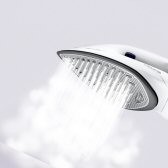
Water Reservoir
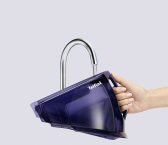
Steam
At the risk of being obvious, you want steam - and plenty of it - at high pressure. It's all of this high pressure steam that is going to give you professionally finished garments and - more importantly - slash the amount of time required to get through your ironing.
Steam output is normally measured in grams of steam per minute (gpm). A value of around 120 gpm should be plenty.
In terms of pressure, a value of somewhere in the region of 4.5 to 5.0 bar should suffice.
Water Reservoir And Heater
All of that lovely high pressure steam has to come from somewhere - and the source is the water reservoir and boiler contained in the base unit.
The water tank needs to be large enough so that you don't need to stop ironing to top up with water all the time. A water capacity of 1.4 to 1.8 litres should be enough for 2 to 3 hours of ironing depending upon the types of items that you are ironing.
The heater should be powerful enough to bring that large volume of water up to operating temperature rapidly. After all, you don't want to be waiting around whilst your iron heats up.
A two minute heat up is offered by many steam generator iron manufacturers today. Look for a heater with a rating of 2.0 to 2.2 kW and you should be fine.
The Soleplate
The soleplate of the iron should be scratch resistant, easy to clean and smooth so that it glides easily over the surface of the garment being ironed.
Stainless steel and ceramic soleplates are good choices.
Anti-Calc System
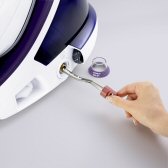
Anti-Scaling System
The majority of domestic water supplies are "hard water". That is to say, the water contains a relatively high mineral content - in particular, Calcium and Magnesium are often present.
This can cause "scaling" as the minerals are released from the water during heating and evaporation and then deposited as scale when they cool down and solidify. This can reduce both the operating efficiency and working lifespan of your iron if left untreated.
Look for an iron which has some form of removable scale trap which can trap the scale and then allow it to be cleaned away by holding it under running water.
No Snag Cord
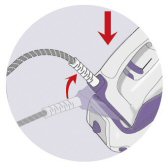
Ease Of Use
A water reservoir which can be removed and filled directly under the tap is a useful feature. Certainly a lot better than messing around with jugs of water.
A long hose between the base unit and the iron will give you the option of positioning the base unit on the floor if you wish. You might find this useful if you have a relatively small ironing board.
Auto retracting power cables, no snag cords, auto power off, secure carrying handles and protective casings are all examples of user friendly features which may appeal - to a greater or lesser extent - to different people.
Steam Generator Irons At Amazon
Mesh Ironing Board
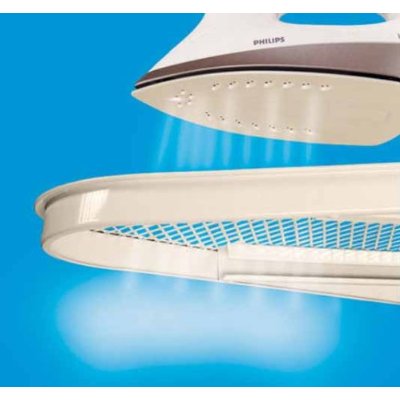
Steam Generator Ironing Board
Here's a quotation from a review on Amazon UK:
After reading all the reviews I decided this was the iron of my dreams. so I got one, plugged it in, pressed a button and it shot from my hand, I managed to grab it by the cord. I soon discovered why, My ironing board wasn’t suitable for a generator iron , you need one with vents or mesh. So… I got one and had another bash at ironing. I do B&B so my linen has to be pristine. I’ve got lots of victorian tablecloths that are a nightmare to iron, this thing whizzed through them in minutes. Everything I ironed with it was perfect.
You can actually get ironing boards which are specially designed for use with steam generator irons. these have special condensation traps which collect the water produced as the steam condenses.
In all probability you will only require one of these if you intend to do a lot of ironing - or if you normally do your ironing in a small, poorly ventilated area.
For most people, a standard ironing board with a mesh construction will be just fine.
Steam Generator Iron Video Demo
Useful Links
- Utility Warehouse
Save money on all you utilities - electricity, gas, telephone services and internet. - A Buyers Guide To Steam Generator Irons


